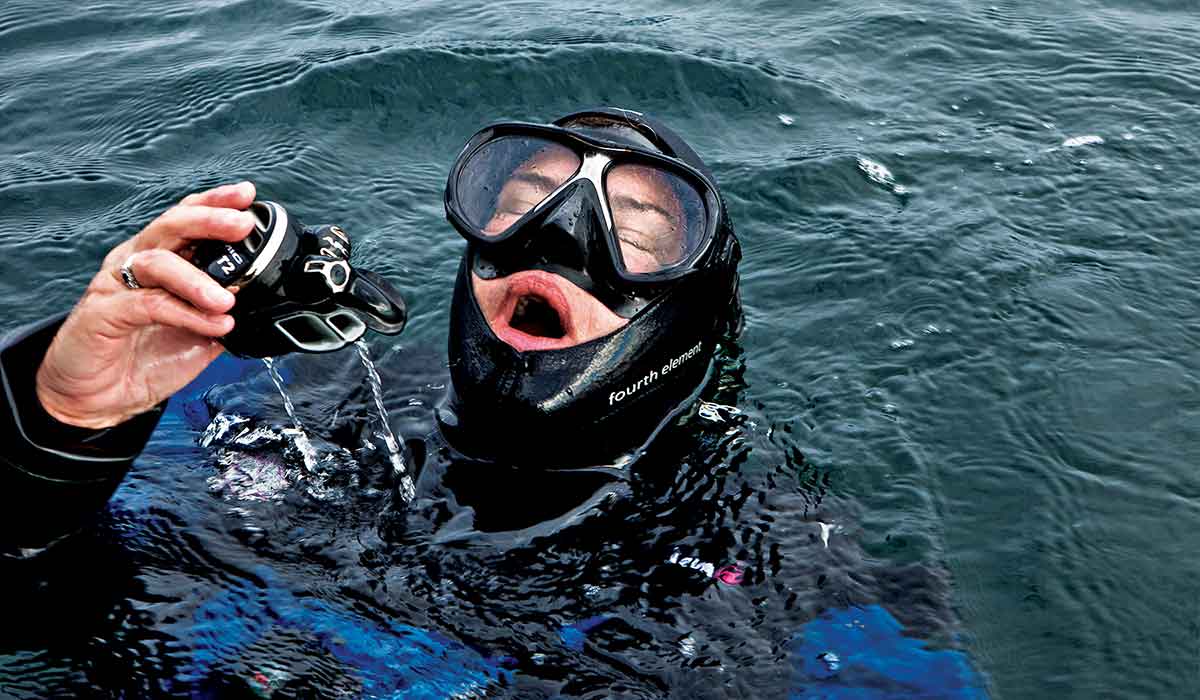Vibenz
Registered
Anyone here that can shed some light on the causes and risks of Immersion Pulmonary Edema? Are there risk factors to be aware of and does a person having experienced it have a greater risk of experiencing it again?
Welcome to ScubaBoard, the world's largest scuba diving community. Registration is not required to read the forums, but we encourage you to join. Joining has its benefits and enables you to participate in the discussions.
Benefits of registering include

There is immersion pulmonary edema/swimming-induced pulmonary edema and then there is pulmonary edema brought on by immersion in someone with underlying medical conditions that increase the risk of pulmonary edema.Anyone here that can shed some light on the causes and risks of Immersion Pulmonary Edema? Are there risk factors to be aware of and does a person having experienced it have a greater risk of experiencing it again?
I'm sorry for your loss, even if over a decade ago. Carol's signs and symptoms on the surface and those of my student are eerily similar. I don't like to think about what would have happened if my student had done a longer dive: This was a class, and we had an "air hog" that forced us to minimize the tour portion.See an article I wrote about a friend who died on a dive I organised. At the bottom there are two links to some papers on IPE. Michael McFadyen's Scuba Diving Web Site

